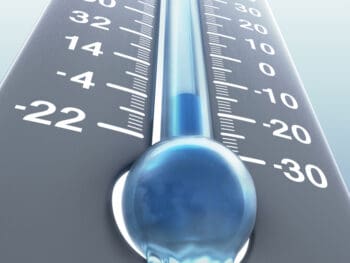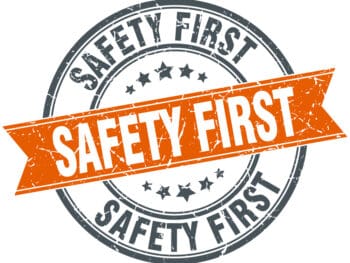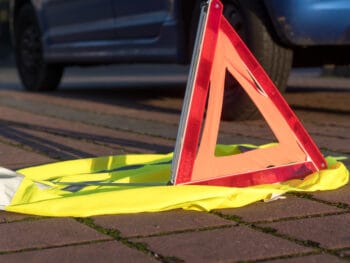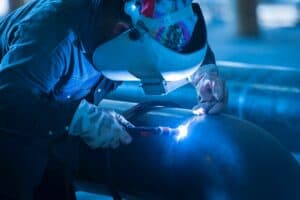Hopefully this is the last post about winter snow removal and the risk involved. I know you have heard a lot about it this year, and it seems every time you turn around another blizzard dumps a foot of snow on the ground. But the topic keeps coming up for a reason, that being that the effort and risks involved in manual snow removal are great. Not only are the risks high, but they often result in injuries that are more than just typical soreness from shoveling snow for an hour.
Snow Removal Risks Realized This Winter:
- A worker removing snow from a rooftop who slipped and fell off the roof, landing on his head on construction materials stored below the roof, who later died of his injuries.
- A worker shoveling snow from a second story deck who fell through a shaft that was covered with a tarp, sustaining severe spinal and lower extremity injuries.
- A worker that fell from the roof of a commercial business as he was shoveling snow and was impaled by a piece of disassembled scaffolding that was upright in the course of his fall.
Snow removal consists of more than just simple shoveling tasks. Snow removal operations are often performed when extreme weather conditions are present and the workers who perform these operations have little to no experience or training on the hazards of such operations.
Obviously workers on rooftops removing snow carry the most risk due to the height that is involved when potential falls occur. Workers could fall from roof edges, through skylights, from ladders, or from aerial lifts. Workers could also be killed from roof collapses or from a typical slip/fall due to ice on the roof with nothing to stop their fall other than the ground below.
Steps To Reduce Snow Removal Risks:
- Train workers on fall hazards and the proper use of fall protection equipment.
- Provide and ensure that workers use fall protection gear if they are removing snow in areas that are not adequately guarded.
- Instruct workers who wear personal fall protection gear to put on their harnesses and buckle them snugly before mounting the roof to begin with.
- Have a plan in place for rescuing a fallen worker caught by your fall protection system that you have in place.
- Remove or clearly mark rooftop and landscaping features that could become trip hazards if partially or fully covered by snow or snow drifts.
- Workers on the ground should be protected from falling snow that could land on top of them resulting in suffocation. This can be done by designating an area where the snow is to be placed and clearly marking the area and making sure employee stay out of that area.
Snowblower Does Not Necessarily Lessen Risk
Falling is not the only risk associated with snow removal. Use of a snowblower or other machine that is used to push or blow the snow away from the intended areas can result in serious injury as well. Use of any type of mechanized equipment should only be done by those personnel trained on how to safely use the equipment.
Failure to properly train workers on the use of equipment could result in limb amputation, eye injuries, and so on. Clothing should be snug and tight, and nothing should be dangling from the clothing of the operators. Should the equipment jam, it should be turned off, and the ignition should be disassembled to make sure there is no possible way the machine can turn on while the operator is removing the source of the jammed equipment. Eye protection should also be worn in case of debris or anything else that could come out of the machine and up into the facial area.
Hire Outside Help To Eliminate Snow Removal Risks
One of the best ways to protect your workers from the associated risks of snow removal is to not do it at all. Hire an outside firm that specializes in this activity. This way you are 100% protected that none of your workers will succumb to serious injury while attempting to complete these snow-involved tasks.
Summary
Let this post be a last reminder of the associated risks involved with snow removal. Train your workers, provide the proper safety equipment, have a plan in case of emergency, and lastly just hire someone else to do the job for you. That way, you shift the risk to them and not to your workers or your business.
Author Michael B. Stack, CPA, Director of Operations, Amaxx Risk Solutions, Inc. is an expert in employer communication systems and part of the Amaxx team helping companies reduce their workers compensation costs by 20% to 50%. He is a writer, speaker, and website publisher. www.reduceyourworkerscomp.com. Contact: mstack@reduceyourworkerscomp.com.
©2013 Amaxx Risk Solutions, Inc. All rights reserved under International Copyright Law.







